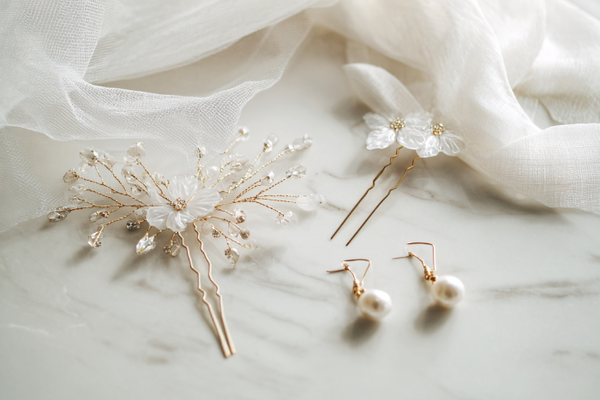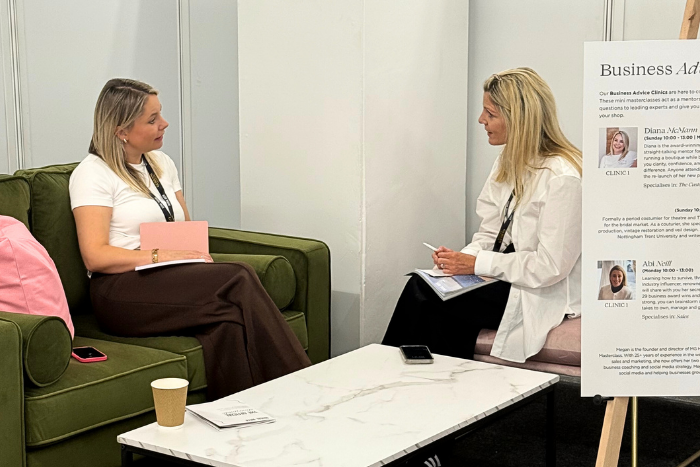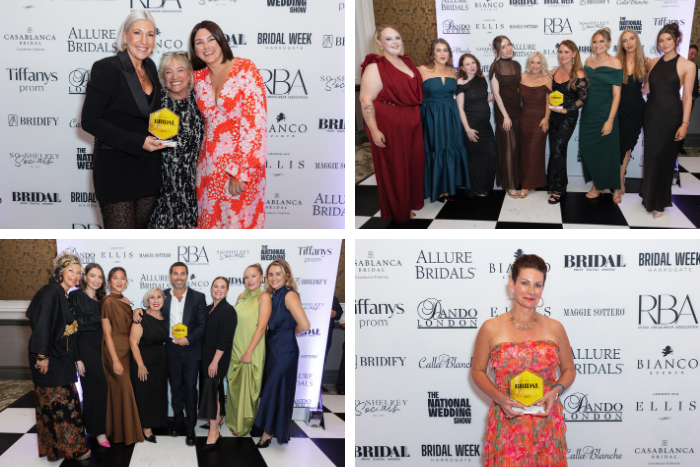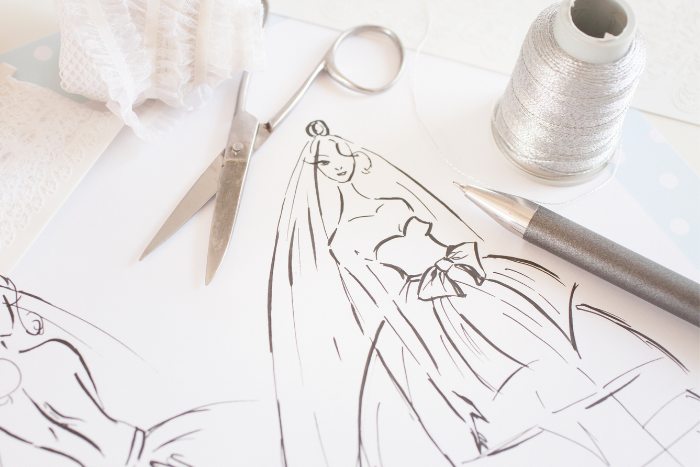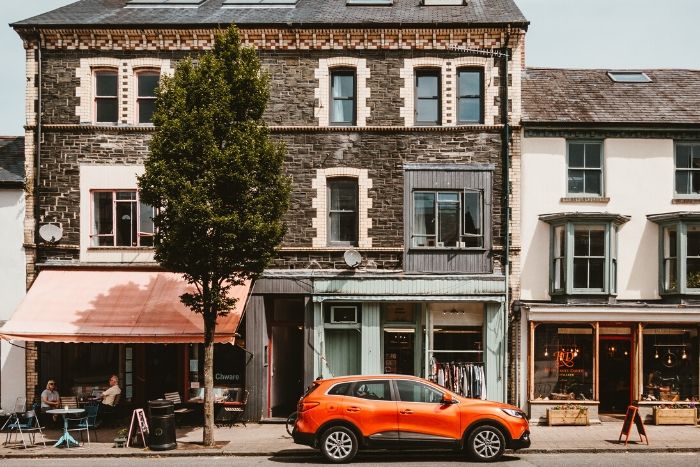How to Tackle Our Changing High Street
The high street is changing, so what can you do to keep up with the pace? Ellie Sanderson investigates...
I could honestly write a book on this subject, the evolution of the high street is not a new topic, nor is it one I haven’t talked about before. Retailers are struggling with the pace of change and with trade.
The press is full of failures like Mothercare, Toys ’R Us and New Look - who is scaling back their operations, streamlining their store portfolios and seeking deals with landlords. The high street is under enormous strain and this applies to bridal too. But the high street is not dead, and adopting an attitude of defeat would be a huge mistake. We see failure, but we also see success. We need to look at the success stories and learn.
Let’s take Mothercare who announced a further drop in sales with worldwide sales falling by 4.8% decrease. They continue to battle a series of challenges. They fired their MD and appointed another. They are now closing half of their property portfolio and will move from 150 shops to 70. Their branding feels dated. Their stores need investment and they seem to be operating more and more at the value end of market. There was a day when they were THE most trusted place to buy your baby products and hardware from.
Along comes small and nimble companies like JoJo Maman Bebe. In their last financial year they posted 14% increase in like-for-like sales. They continue to grow and develop multichannel retailing, and are giving their customers a true brand experience. Their shops are small and experiential. Their staff are well trained and trusted. They are a positive alternative for the millennial generation.
But what does this all mean to bridal?
Bridal is no different. Today’s modern bride has grown up with certain expectations from her chosen retailers so why would she expect something else when buying her wedding dress? She is used to having an online channel and an in-store experience. Both of which has a place in her life. She expects to order a dress today and get it tomorrow. She can order a made to measure dress from China and have it in two weeks. This really does change all that we do, but supply chain is a whole other article.
Positioning, Product, Price, Place
I really believe that you need to be totally clear what end of the market you are targeting. It feels like the market is in three clear places:
- The luxury end with experiences and business processes to match
- The value end, where it’s all about the price and pace.
- The middle market, which I think the hardest place to survive. Think of all the bland “in the middle retailers” who are struggling to be one thing or another. Marks and Spencer, BHS (RIP) and House of Fraser.
I also firmly believe it’s about your shop, inspiring décor, use of in-store technology, ease of shopping and your engaging customer experience.
I have moved two of my shop units in the last three months saving tens of thousands in property costs and rates. My business is performing well against class, but I made this decision as I wanted to future-proof my brand. At the same time we have streamlined and really focused hard on which suppliers we work with. Where we spend our advertising money, how we engage with our clients, our entire customer experience from first contact to leaving with the dress.
To be honest it’s a never-ending review process. Retailers have to make clear strategic responses to the customers constantly changing patterns of how they shop, where they shop and when they shop. How we engage with them and how we stay ahead of technical changes.
Most of all we shouldn’t put our heads in the sand as more change is coming. Change is good and it’s exhilarating to review where you are and where you are going. The ability to change quickly is what makes us small independent retailers unique and quite brilliant. Carpe’ Diem.
Want more from Ellie Sanderson? Check out her opinion on home traders here.


